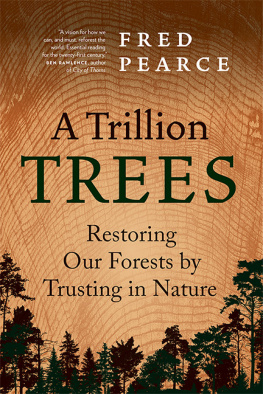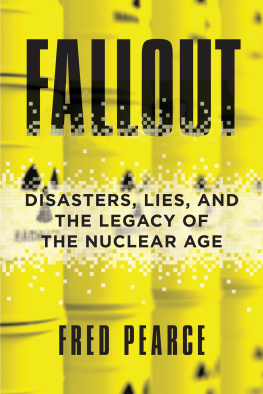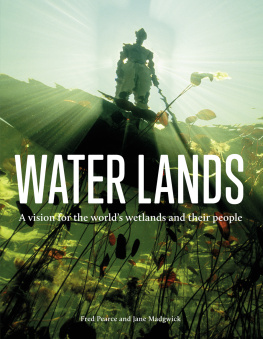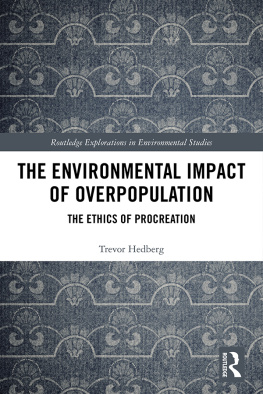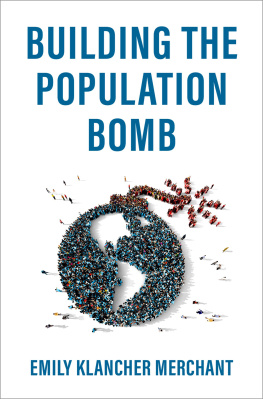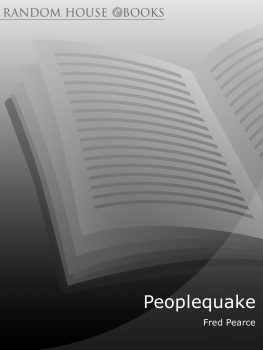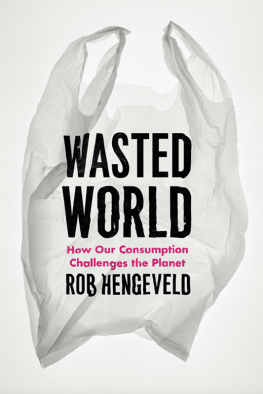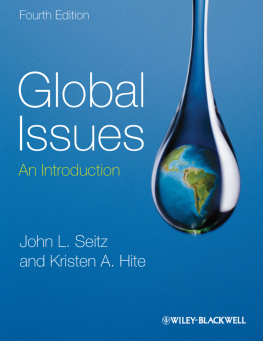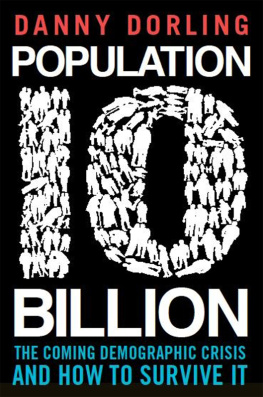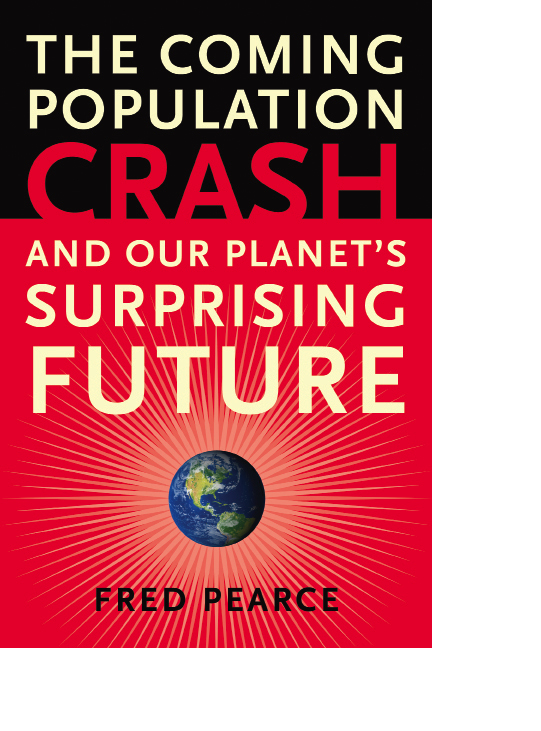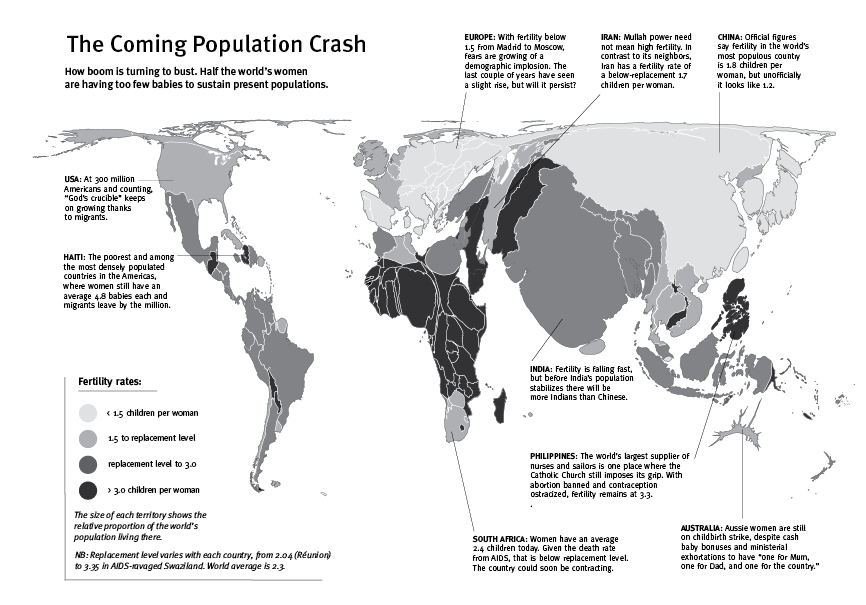Fred Pearce - The Coming Population Crash: and Our Planets Surprising Future
Here you can read online Fred Pearce - The Coming Population Crash: and Our Planets Surprising Future full text of the book (entire story) in english for free. Download pdf and epub, get meaning, cover and reviews about this ebook. year: 2010, publisher: Beacon Press, genre: Art. Description of the work, (preface) as well as reviews are available. Best literature library LitArk.com created for fans of good reading and offers a wide selection of genres:
Romance novel
Science fiction
Adventure
Detective
Science
History
Home and family
Prose
Art
Politics
Computer
Non-fiction
Religion
Business
Children
Humor
Choose a favorite category and find really read worthwhile books. Enjoy immersion in the world of imagination, feel the emotions of the characters or learn something new for yourself, make an fascinating discovery.

- Book:The Coming Population Crash: and Our Planets Surprising Future
- Author:
- Publisher:Beacon Press
- Genre:
- Year:2010
- Rating:5 / 5
- Favourites:Add to favourites
- Your mark:
The Coming Population Crash: and Our Planets Surprising Future: summary, description and annotation
We offer to read an annotation, description, summary or preface (depends on what the author of the book "The Coming Population Crash: and Our Planets Surprising Future" wrote himself). If you haven't found the necessary information about the book — write in the comments, we will try to find it.
Yet, surprisingly, it appears that the explosion is past its peak. Around the world, in developing countries as well as in rich ones, todays women are having on average 2.6 children, half the number their mothers had. Within a generation, world fertility will likely follow Europes to below replacement levelsand by 2040, the worlds population will be declining for the first time since the Black Death, almost seven hundred years ago.
In The Coming Population Crash, veteran environmental writer Fred Pearce reveals the dynamics behind this dramatic shift. Charting the demographic path of our species over two hundred years, he begins by chronicling the troubling history of authoritarian efforts to contain the twentieth centurys population explosion, as well as the worldwide trend toward the empowerment of women that led to lower birthrates. And then, with vivid reporting from around the globe, he dives into the environmental, social, and economic effects of our surprising demographic future.
Now is probably the last time in history that our world will hold more young people than elders. Most fear that an aging world population will put a serious drain on national resources, as a shrinking working population supports a growing number of retirees. But is this necessarily so? Might an older world population have an upside? Pearce also shows us why our demographic future holds increased migration rates, and reveals the hypocrisy at the heart of anti-immigrant rhetoric in the developed world: the simple fact is that countries with lower birthrates need workers and countries with higher birthrates need work. And he tackles the truism that population density always leads to environmental degradation, taking us from some of the worlds most densely packed urban slums to rural Africa to argue that underpopulation can sometimes be the cause of environmental woes, while cities could hold the key to sustainable living.
Pearces provocative book is essential reading for anyone who wants to know what demographics tell us about our global future, and for all those who believe in learning from the mistakes of the past.
Fred Pearce: author's other books
Who wrote The Coming Population Crash: and Our Planets Surprising Future? Find out the surname, the name of the author of the book and a list of all author's works by series.


